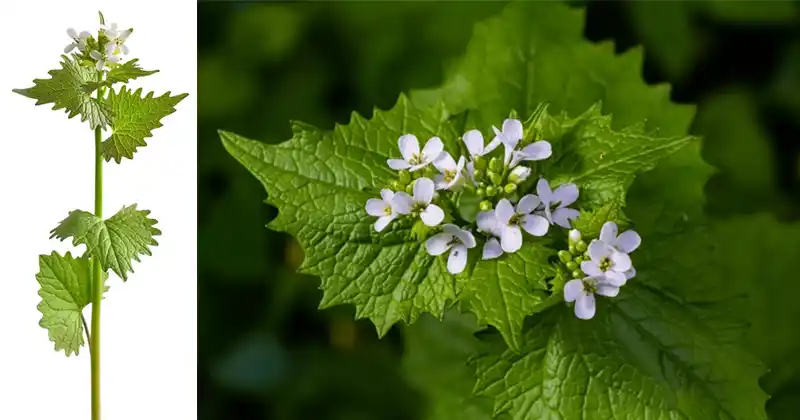DIY Aquaponics: Growing Chili Peppers on Your Aquarium

Aquaponics is an innovative and sustainable method of growing plants while raising aquatic animals in a closed-loop system. In this DIY guide, we’ll show you how to set up your own aquaponics system on top of an aquarium to cultivate vibrant chili peppers. This system is not only a fantastic way to produce organic, nutrient-rich produce but also a captivating addition to your home. Let’s dive into the world of aquaponics and learn how to create your very own chili pepper garden.
Materials Needed
Before we get started, you’ll need the following materials:
- An Aquarium: Choose an aquarium of appropriate size, depending on the space you have and the number of chili pepper plants you’d like to grow.
- Grow Bed: You can use a container that fits snugly on top of your aquarium. This will serve as the grow bed for your chili peppers. Ensure it’s made of safe, non-toxic materials.
- Grow Media: Select a suitable growing medium for your chili peppers. Expanded clay pebbles or gravel are excellent options. They provide support for the plants and help with aeration.
- Chili Pepper Seedlings: You’ll need chili pepper seedlings to kickstart your aquaponics garden. Choose the varieties you prefer, whether it’s mild jalapeños or fiery habaneros.
- Aquatic Animals: Small fish like tilapia are a popular choice for aquaponics. They’ll provide the necessary nutrients for your plants.
- Water Pump: A submersible water pump is required to circulate water between the fish tank and the grow bed.
- Tubing and Connectors: These are essential for creating a water flow system from the fish tank to the grow bed and back.
- Beneficial Bacteria: These are essential to convert fish waste into plant-friendly nutrients. You can purchase a bacterial supplement to jumpstart the process.
Setting Up Your Aquaponics System
- Choose Your Location: Find a suitable location for your aquaponics system. It should receive adequate sunlight or be equipped with grow lights to support chili pepper growth.
- Prepare the Grow Bed: Fill your grow bed with the chosen growing medium (expanded clay pebbles or gravel) up to the desired depth. Ensure the bed is level and covers the entire top of the aquarium.
- Plant Your Chili Peppers: Gently transplant your chili pepper seedlings into the grow bed. Ensure they are appropriately spaced to allow for growth and access to sunlight.
- Set Up the Water Flow System: Place the submersible water pump in the fish tank. Use tubing and connectors to create a flow system that moves water from the fish tank to the grow bed. Ensure the water flows through the growing medium, providing nutrients to your chili plants.
- Add Your Aquatic Animals: Introduce your chosen fish to the aquarium. Remember to feed them regularly to ensure they produce waste that can be converted into nutrients for the plants.
- Monitor Water Quality: Regularly check the water quality, temperature, and pH level to ensure a healthy environment for both fish and plants. Aerate the water as needed.
- Beneficial Bacteria: If you’re starting with a new system, you may need to introduce beneficial bacteria to help break down fish waste into plant-friendly nutrients. Follow the manufacturer’s instructions for your bacterial supplement.
- Maintenance: Keep an eye on your chili pepper plants as they grow. Prune, harvest, and maintain the system to ensure optimal plant growth.
Advantages of Aquaponic Chili Pepper Cultivation
- Nutrient-rich Produce: Aquaponics provides your chili pepper plants with organic, nutrient-rich water, resulting in healthier and more flavorful produce.
- Sustainable Gardening: This closed-loop system minimizes water usage, and the fish waste serves as a natural fertilizer, eliminating the need for chemical additives.
- Year-round Growing: Aquaponics enables year-round cultivation, making it possible to enjoy fresh chili peppers in any season.
- Space-efficient: Aquaponics systems are compact and can be set up in limited spaces, making them ideal for urban environments.
Conclusion
By creating your own aquaponics system to grow chili peppers on top of an aquarium, you’re not only embracing a sustainable and innovative gardening method but also ensuring a fresh supply of hot peppers. Enjoy the beauty of this closed-loop ecosystem and savor the delightful chili peppers it produces. With a bit of patience and care, you can create a mini-oasis of greenery in your own home, all while contributing to a more eco-friendly world. Happy gardening!



















